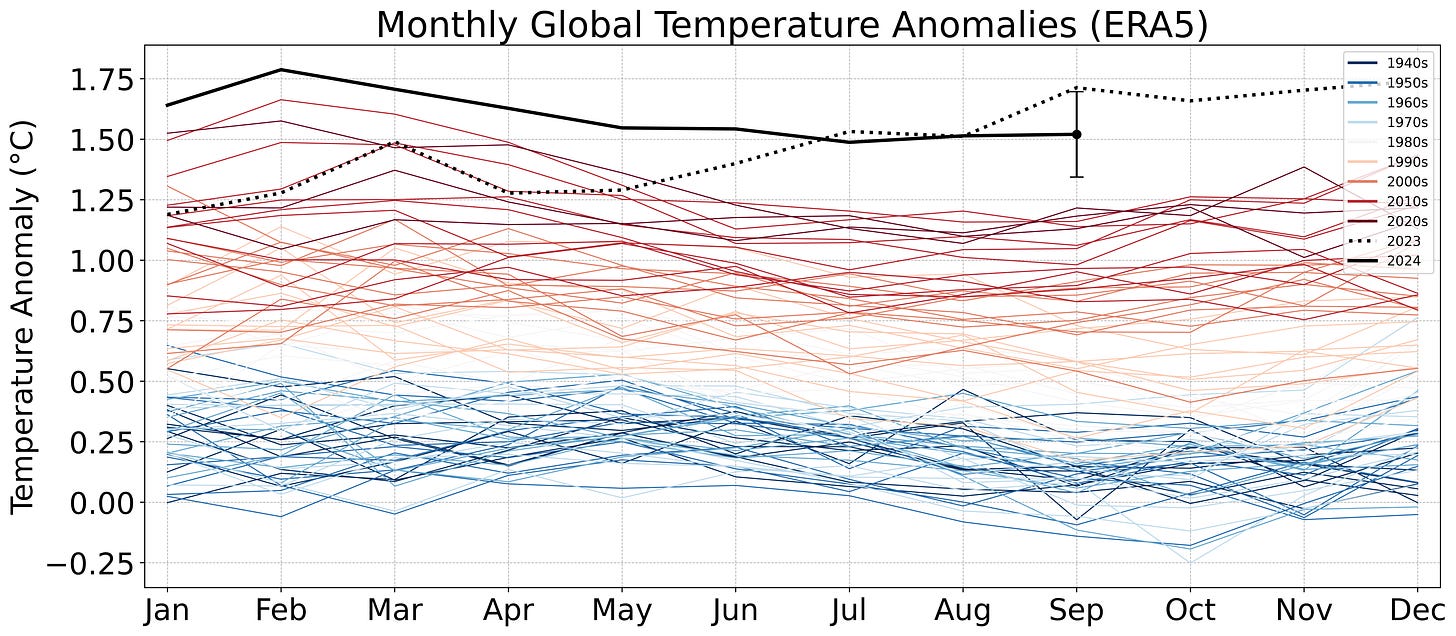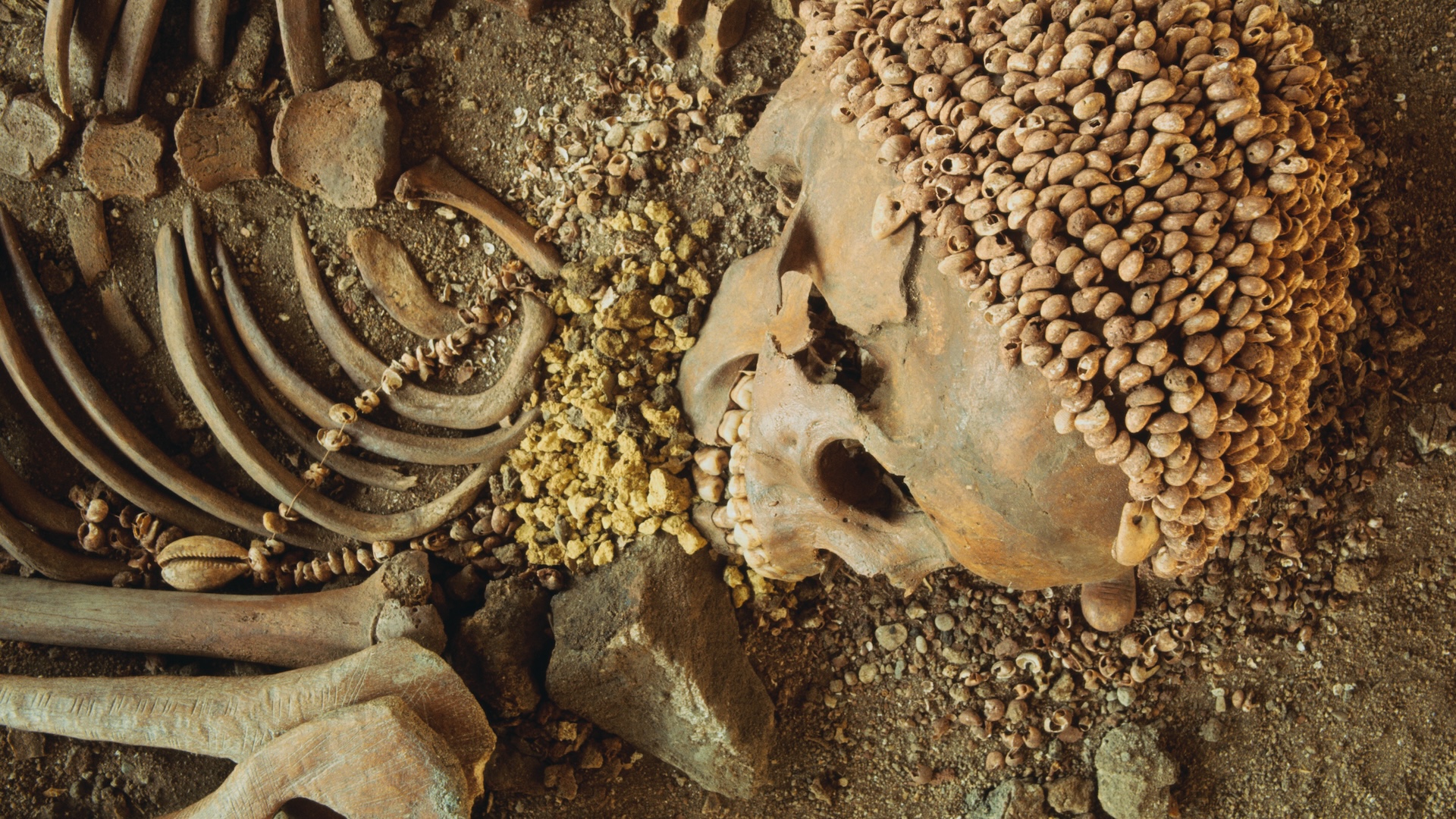Remote Sensing, Vol. 15, Pages 4194: Improving the Potential of Coniferous Forest Aboveground Biomass Estimation by Integrating C- and L-Band SAR Data with Feature Selection and Non-Parametric Model
Remote Sensing doi: 10.3390/rs15174194
Authors: Yifan Hu Yonghui Nie Zhihui Liu Guoming Wu Wenyi Fan
Forests play a significant role in terrestrial ecosystems by sequestering carbon, and forest biomass is a crucial indicator of carbon storage potential. However, the single-frequency SAR estimation of forest biomass often leads to saturation issues. This research aims to improve the potential for estimating forest aboveground biomass (AGB) by feature selection based on a scattering mechanism and sensitivity analysis and utilizing a non-parametric model that combines the advantage of dual-frequency SAR data. By employing GF-3 and ALOS-2 data, this study explores the scattering mechanism within a coniferous forest by using results of target decomposition and the pixel statistics method. By selecting an appropriate feature (backscatter coefficients and polarization parameters) and using stepwise regression models and a non-parametric model (the random forest adaptive genetic algorithm (RF-AGA)), the results revealed that the RF-AGA model with feature selection exhibited excellent AGB estimation performance without obvious saturation (RMSE = 10.42 t/ha, R2 = 0.93, leave-one-out cross validation). The σHV, σVH, Pauli three-component decomposition, Yamaguchi three-component decomposition, and VanZyl3 component decomposition of thee C-band and σHV, σVH,σHH, Yamaguchi three-component decomposition, and VanZyl3 component decomposition of the L-band are suited for estimating the AGB of coniferous forests. Volume scattering was the dominant mechanism, followed by surface scattering, while double-bounce scattering had the smallest proportion. This study highlights the potential of investigating scattering mechanisms, sensitivity factors, and parameter selection in the C- and L-band SAR data for improved forest AGB estimation.

 1 year ago
25
1 year ago
25


